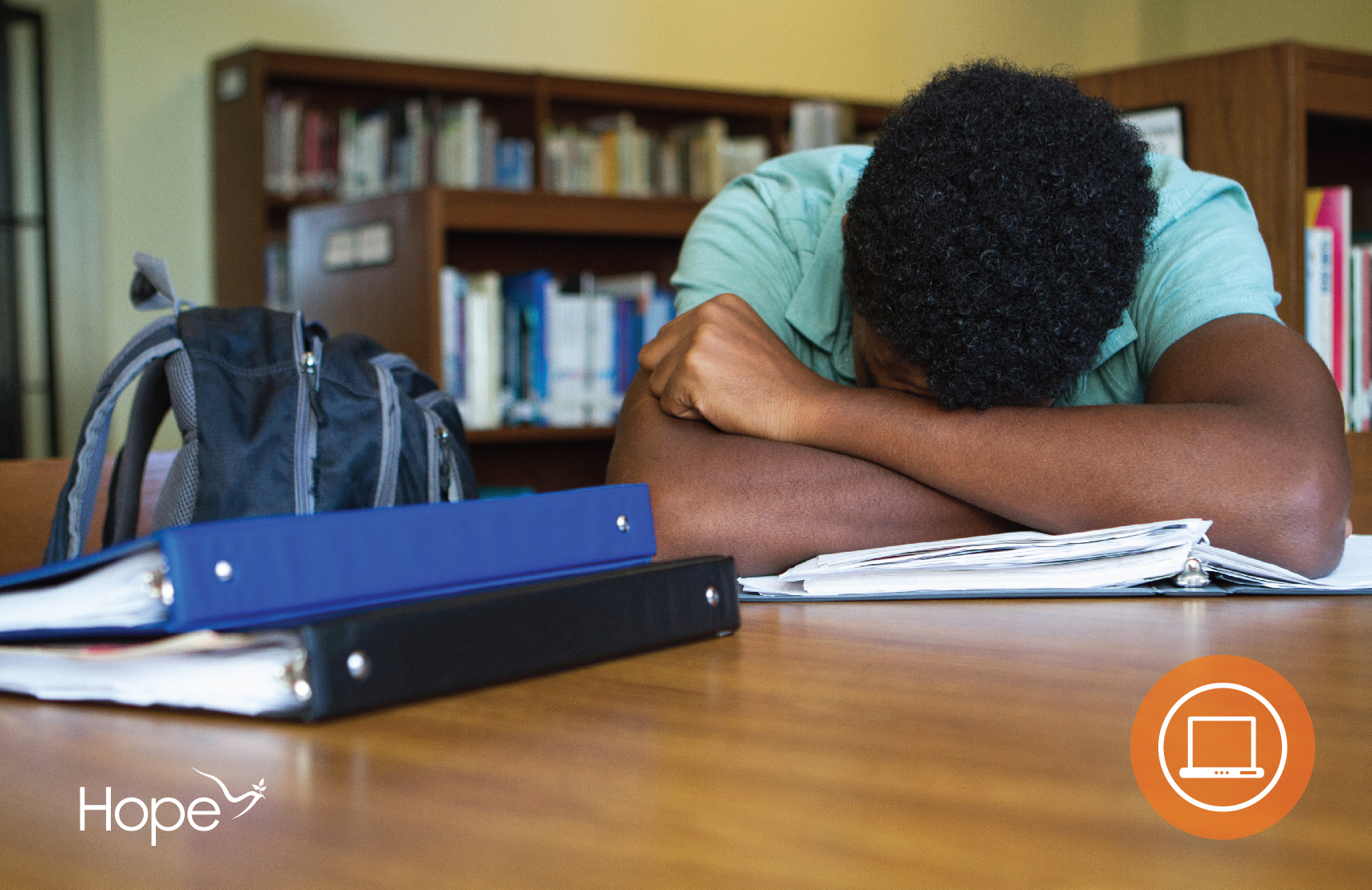Who Are Suspensions Really Costing?
July 8th, 2016
The social costs of school suspensions are well documented. Some of the costs include an increased likelihood of students falling behind in school and being more susceptible to dropping out of school. For example, high school dropouts are more likely to experience less financial security, poorer health, and increased entanglement with the judiciary system when compared to peers who graduated high school. However, the social cost of school suspension is only half the story. In addition to the burden suspensions place on students, families and even communities, there is an added economic cost including lost income and the loss of potential tax revenue. A report from The Civil Rights Project at UCLA recently estimated the total national cost of suspension at over $11 billion.
The report found that the likelihood of graduation for students who are suspended one or more times decreases by 12 percentage points compared to peers who have not been suspended. When a student drops out of school, the public investment made in that student’s academic progress up to that point is effectively lost. Additionally, dropouts typically earn less income than high school graduates and are able to contribute less in taxes.
Additional findings from the report also showed:
- Black and Hispanic students were much more likely (3.3x and 1.6x) to receive out-of-school suspension than White students;
- The fiscal impact (e.g., lost tax revenues) of each dropout is $163,340 and the social impact is $527,695;
- In one year, the additional 67,735 high school dropouts caused by suspensions cost taxpayers $11 billion in lifetime lost tax revenues and $35 billion in broader societal costs;
- Lowering the national suspension rate by just one-percentage-point could save over $2.2 billion while reducing suspensions by half could save over $17.8 billion.
Overall, it is important for states, particularly Mid South states, to give special attention to safeguarding policy and programs that support keeping children in school. The best way to guarantee that students have a strong foundation to build successful careers and economic security is ensuring that students are in school. Reducing the use of exclusionary discipline helps build this foundation. Decreasing suspension rates can help keep more students engaged and enrolled while saving tax dollars and helping secure bright futures for Mid South youth.







